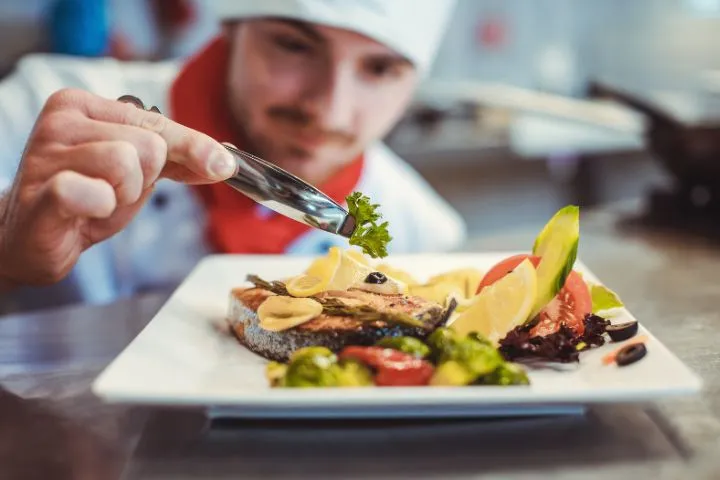The culinary landscape is shifting fast, and 2025 is proving to be a turning point in how we dine out. From eco-conscious ingredients to AI-powered experiences, restaurants are responding to changing consumer values and technological advances. Let’s take a look at the standout food trends that are reshaping the dining scene this year.
1. Mainstreaming of Plant-Based Cuisine
Plant-based dishes have moved beyond being just an alternative—they’re now a staple. This year, there’s a growing emphasis on locally sourced, seasonal plant ingredients that support regional growers and reduce the carbon footprint. Whether it’s lentil-based meatballs or mushroom “steaks,” these meals are crafted to impress vegans and meat-eaters alike.
2. Smart Menus Powered by AI
Artificial intelligence is redefining how restaurants connect with guests. Many now offer personalized dining suggestions, tailored to customer preferences, dietary restrictions, or even their mood. On the backend, AI is also optimizing kitchen operations, helping cut down on waste and improve inventory accuracy.
3. Return of Fermentation and Ancient Culinary Methods
Time-honored food prep techniques are making a comeback. Fermentation, in particular, is trending, with chefs showcasing items like preserved vegetables, fermented sauces, and probiotic beverages. These methods not only elevate flavor but also offer health perks and longer shelf lives.
4. Global Flavors with a Local Twist
Fusion is evolving. In 2025, it’s all about blending international flavors with local flair. You might find a dish that marries Southeast Asian spices with local produce or Mediterranean classics using regional grains. This trend supports cultural exploration without losing the connection to local identity.
5. Menus with Climate in Mind
Restaurants are starting to go beyond sustainability by designing eco-positive or climate-neutral dishes. Diners may notice symbols on menus that indicate the carbon impact of meals. Some venues even partner with regenerative farms to actively restore ecosystems through food.
6. Waste-Free Kitchens
Minimizing food waste has become a top priority. From turning vegetable trimmings into broths to reusing leftover bread in creative desserts, chefs are showcasing ingenuity in zero-waste cooking. This approach also includes composting initiatives and repurposed packaging.
7. Wellness-Driven Food Choices
As consumers become more health-aware, restaurants are adding items that do more than taste good—they support mental clarity, gut health, and stress relief. Menus now include ingredients like turmeric, reishi mushrooms, and chia seeds, all geared toward functional wellness.
8. Experiential Dining with Tech and Storytelling
Eating out is evolving into a multi-sensory journey. Interactive elements—such as storytelling chefs, open kitchens, or dishes enhanced with digital visuals—are becoming popular. Guests want more than just food; they want to feel a connection to the story behind it.
9. Focus on Regional Specialties
There’s a growing appetite for discovering the nuances within global cuisines. Instead of broad categories like “Mexican” or “Indian,” diners are exploring specific regions—like Oaxaca or Kerala—each with its unique flavors, traditions, and ingredients.
10. Digital Dining Evolution
Technology is streamlining the entire dining process. From ordering via mobile apps to fully automated dining experiences, digital-first restaurants are on the rise. Some are even integrating blockchain technology to trace food origins for transparency and trust.


Tinggalkan Balasan